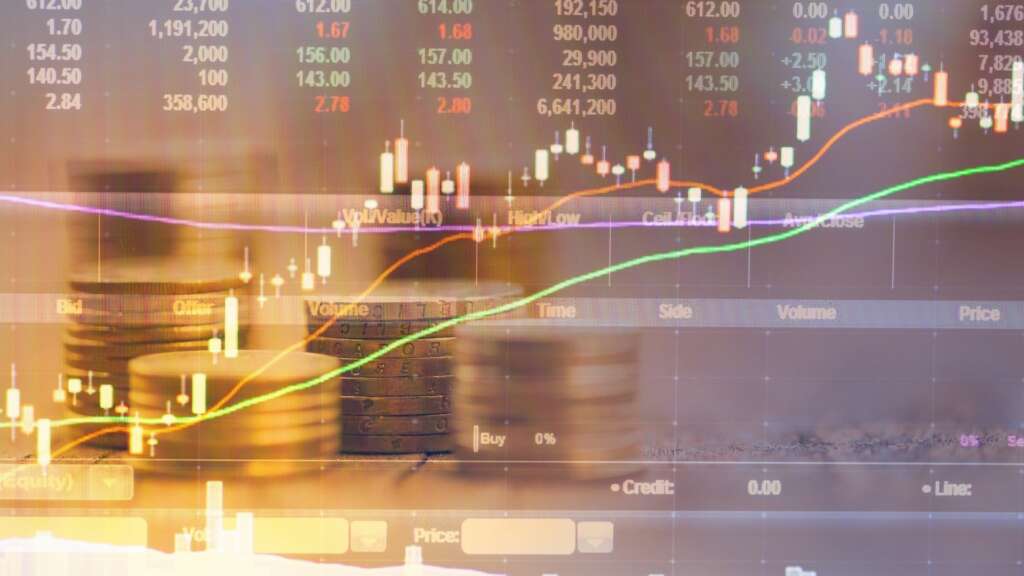
Many people trade stocks for one very specific reason: to earn money. They want stocks to go up and they want them to stay down. In order to gain, they want stocks to fluctuate around certain levels; and the more they fluctuate, the bigger profits.
Stocks, however, are probably the most volatile asset class in the public markets far more volatile than the staid safe asset class of certificates of deposit and they provide tons of potential for huge profits. But how do you know what stocks will go up, what will go down, and how much you should get out of any given stock?
The first thing you’ll want to consider is the kind of stock that you’re trading. For instance, you might be looking at companies that manufacture their own products. If you know this type of stock well, then you’ll be able to gauge its value based on the performance of their past performances.
Secondly, you’ll want to look at the market psychology. If you’re a big-time investor, then you’ve likely heard about the “trending” stock. It’s basically a stock that’s consistently going up or down (depending on the economic environment) over a period of several months or years. This is usually a high risk/high reward stock, but there’s certainly a lot of money to be made if you can pick one that’s heading in your direction.
Thirdly, you’ll want to take a look at your trading style. Is it a day trader, a trend follower, or something in between?
You may want to consider a trading strategy that involves short-term trading or long term trading. It’s best to stick to one strategy, since it can limit your losses and increase your profits, but not too much. If you’re into day trading, then you can look for trends to buy and sell at the bottom and wait for them to pop back up again. in the future, while day traders who trade for the long term can wait until the stock has taken a real decline before making a big move.
Buying stocks that you’re familiar with is key. If you’re an amateur, then the best strategy would be to start off by trading small and learning as you go. This way, you’ll learn a lot about the market and be able to tell which stocks are good buys and which ones are bad buys. {and which ones are just waiting for the right time to hit their highs. You can then try to predict what’s next before taking any trades. If you’re new to trading stocks, then you may want to start out with some fundamental trading.
If you’re more technically minded, then you may want to consider technical analysis. Technical analysis means looking at a company’s past history using charts, graphs, and formulas. The most popular technique in this case is price action. You can also look at charts to look for price patterns, such as moving averages. and trends.
One of the biggest benefits of technical analysis is that you can use it to tell when a stock is over or undervalued. This is incredibly important because many people who’re just starting out with trading can get burned by trading stocks based solely on technical signals. That’s where technical analysis comes into play.
Another big advantage to using technical analysis is that it allows you to trade from the sidelines, meaning that you don’t have to actually own a stock. to trade, but don’t own a stock, either. You can still make money and have a comfortable living by trading stocks.
So, now that you know how to trade stocks, what should you do with technical analysis? You should find an analytical system that fits you best and that you can easily follow.
If you’re looking for a good system, check out my blog to find out how to choose the best one. If you’re still a beginner, I recommend that you start with basic technical analysis first. It will help you learn a lot, so that when you’re ready to invest, you’ll know how to trade stocks in your favor.


